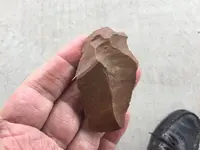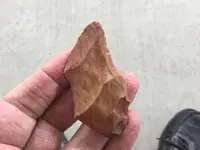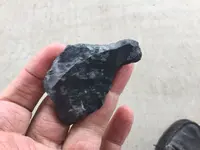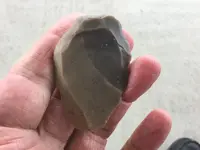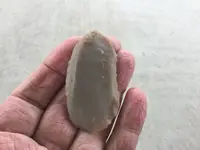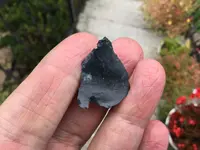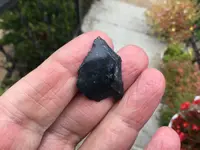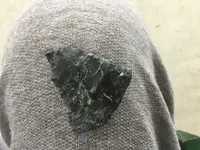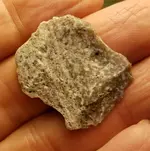uniface
Silver Member
- Joined
- Jun 4, 2009
- Messages
- 3,216
- Reaction score
- 2,905
- Golden Thread
- 0
- Location
- Central Pennsylvania
- Primary Interest:
- Other
A lot of times it's impossible to change someone's mind once he's got an idea fixed in it. But for those who are capable of revising once-held opinions on the basis of new and better information:
Insistng that a flake must show purposeful edge modification before it can be called an "artifact" doesn't square with reality.
Edge modification on a flake that was utilized as a tool shows that it continued to be used after the original edge dulled. But a great many flakes were used as-is and discarded. Since these were intentionally made and intentionally used, they were artifacts by any reasonable definition of the term.
So how do you know they were used ? Edge wear. A couple cases in point:


Insistng that a flake must show purposeful edge modification before it can be called an "artifact" doesn't square with reality.
Edge modification on a flake that was utilized as a tool shows that it continued to be used after the original edge dulled. But a great many flakes were used as-is and discarded. Since these were intentionally made and intentionally used, they were artifacts by any reasonable definition of the term.
So how do you know they were used ? Edge wear. A couple cases in point:
Attachments
Last edited:
Upvote
0



